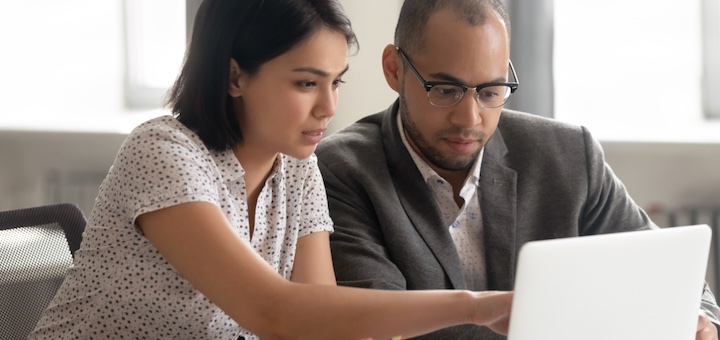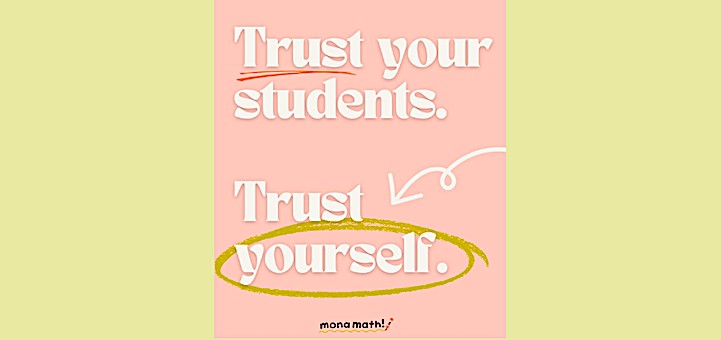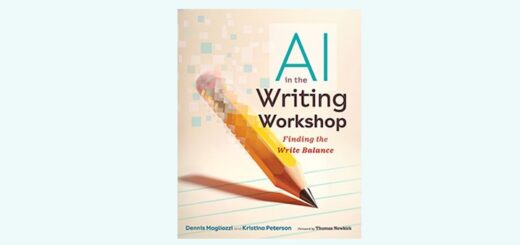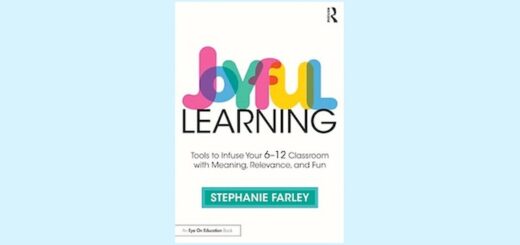Teaching and learning in grades 4-8
In this 2025 book, Todd Whitaker’s message is clear: great teachers aren’t born. They’re grown, supported, and inspired by leaders who know what to look for. Veteran principal Dennis Schug highly recommends Whitaker’s guidance for hiring and growing exceptional teachers.
The question isn’t whether principals should observe classroom instruction, writes regional principal coach Matt Renwick. “It’s whether we can observe it with curiosity rather than judgment – as learners alongside our teachers rather than as evaluators standing apart from them.”
Teacher leader Kasey Short lays out a convincing argument that educators can use middle grades and YA fiction to build background knowledge and make curricular connections across the content areas. She includes teaching strategies, guiding questions and book suggestions.
Joyful Learning offers a student-centered vision to help teachers bring more meaning and fun into their practice. It offers a framework for considering key elements of teaching practice like relationships, curriculum, assessment, grading, assignments, writes Nicole Miller.
Learning scientist Karin Hess shows how STOP and THINK activities taught through collaboration and critical thinking before, during, and after each lesson can build a deeper, more meaningful understanding of skills and concepts than traditional end-of-class exit cards.
Too many take-home tasks focus on repetition instead of reasoning – quantity instead of quality. Curtis Chandler imagines homework as food for the brain. When it’s rich in quality and purpose, it nourishes understanding. When it’s routine busywork, it’s educational junk food.
Aimed at middle and high school educators, 5 Questions for Any Text by Marilyn Pryle presents a structured yet flexible approach for helping students move beyond surface-level comprehension toward deeper analysis, reflection, and awareness, writes Melinda Stewart.
Helping math students doesn’t mean showing them the next step – it means giving them the confidence and space to find it. If our goal is to create independent problem solvers, we cannot always be the ones doing the solving, writes teaching coach Mona Iehl, author of Word Problem Workshop.
Kathie Palmieri’s fifth graders loved her gummy bear activity. It transformed a standard lab into an opportunity for authentic inquiry. It shows that even the simplest materials can lead to big scientific thinking – especially when paired with a question that invites wonder.
Jarred Amato “does a fabulous job” explaining how to structure an independent reading program in a middle to high school classroom. He not only explains the process well but also gives concrete examples of how to do activities and writing prompts, writes veteran literacy teacher Beth Hippen.









































